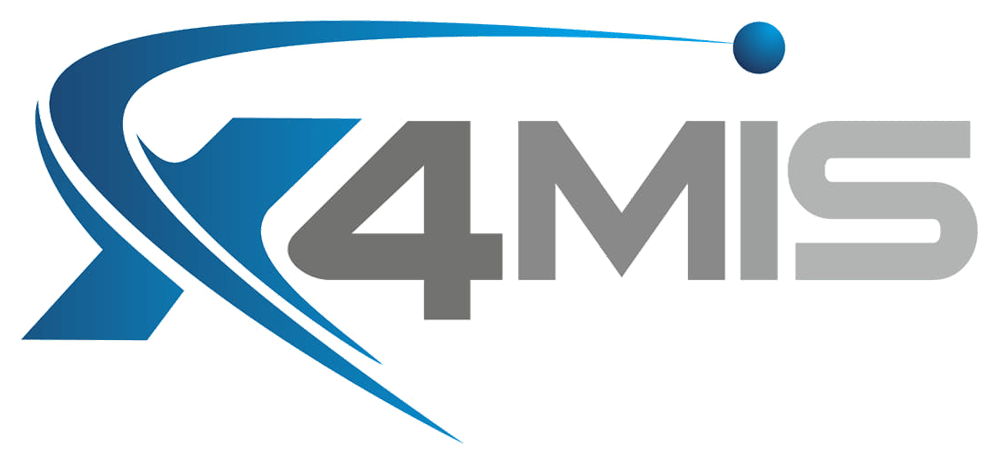Change Management Reporting
Change Reporting
Article Written by Tim Lopez
Having a reporting system for Change Management is crucial because it allows you to track the progress of change and makes the team responsible for change management more visible. With consistent reporting, it's easier to gauge the effectiveness of Change Management and make improvements where necessary. Change Reporting also allows for greater transparency and accountability within the transformation programme.
When everyone is aware of the goals and objectives of the Change Management Team, they are more likely to support it. Furthermore, regular reporting ensures that everyone is on the same page regarding the changes implemented.
Ultimately, reporting is essential to Change Management because it allows the greater transformation programme team to understand what's working and isn't. Without it, it would be easier to make informed decisions about improving the change management process.
Why you need to report on change management activities?
Good reporting is vital to the Project’s progress and clarity to:
- Validate Change Management and ensure that the methods used by the change management team are effective. It is crucial to track and report on their progress, identifying areas where improvement is needed.
- Increase awareness of the process within the Transformation Programme, ensuring support from employees and other stakeholders.
- Improve communications between the Change Management Team and other members of the Transformation Programme, ensuring everyone is kept up to date on the progress of changes and helps to avoid confusion.
What does change reporting look like practically
Reporting can vary depending on the size and complexity of the Transformation Programme, but the foundations of effective reporting are based on the same fundamentals of project management reporting. For most projects, the Change Manager will report on change management activities semi-formally at weekly programme team meetings and formally once a month to Governance.
Formal monthly change management Governance reporting will include:
- Activities undertaken and completed during the reporting period,
- Activities planned for the next reporting period,
- Status of the change management risk, including the assessment of key risks and issues,
- Status metrics against the change management and Transformation Programme Plan(s), both qualitative & quantitative data.
Example status metrics
Status Metrics analyse, signal, and measure performance so key stakeholders can understand the programme's progress, impacts, opportunities, and challenges. These may contain data like the number of employees affected or employee engagement measures.
Quantitative metrics include data from:
- Employee satisfaction surveys
- Financial performance (e.g. cost, revenue)
- Operational effectiveness (e.g. rework, lead time, handoffs)
- Quality of product and/or service (e.g. quality, defects, volume, frequency)
- Public outreach (e.g. the number of people impacted)
- Supplier efficiency (e.g. reliability, durability)
Qualitative information is gathered from:
- 1:1 Meetings
- Group Meetings
- Feedback Groups
- Surveys
- Online Feedback Box/Channel
- Motivated feedback
Important Note:
Where a Project Manager and Change Manager are separately engaged in a Transformation Programme, they will collaborate to generate communications that will distribute both sets of information.
Download - Change Management Reporting Template.
Compose the Change
Browse by Categories

Free On-Line Change Management Methodology that enables individuals and organisations, especially those previously without access to effective change management programmes, to deliver more effective community and country programmes which improve prosperity and save lives.
QUICKLINKS
TRAINING LINKS
LATEST POSTS




